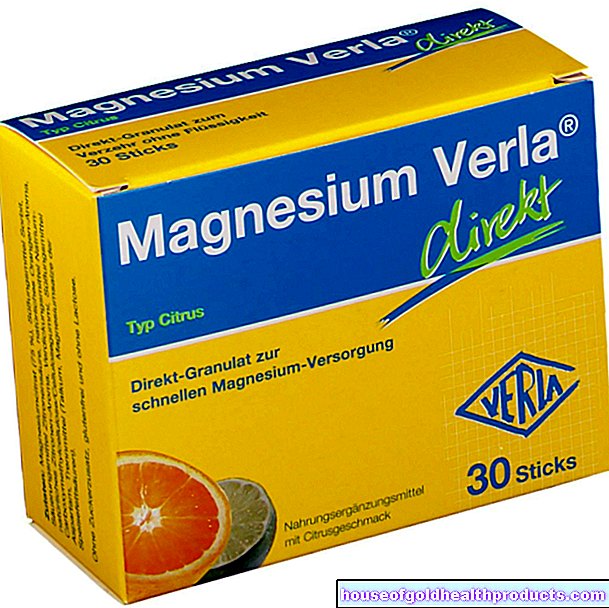Arthrodesis
All content is checked by medical journalists.Arthrodesis is the surgical stiffening of a joint. It is performed in advanced osteoarthritis when an artificial joint is no longer possible. Read everything about the process of arthrodesis, when it is necessary and what the risks are.

What is arthrodesis?
Arthrodesis is the deliberate surgical stiffening of the joint. The most common reason for arthrodesis is advanced osteoarthritis. The destruction of the joint surfaces makes the joint increasingly unstable and painful.
The aim of arthrodesis is therefore pain relief and long-term high resilience. However, the normal joint function is given up. Arthrodesis cannot be reversed.
When do you perform arthrodesis?
Common reasons for arthrodesis are:
- advanced osteoarthritis of small joints (fingers, wrist, toes and ankle)
- Loosening of artificial joints without the possibility of replacement
- chronic instability of a joint due to muscle paralysis
- Joint destruction in rheumatoid arthritis ("joint rheumatism")
Arthrodesis is rarely performed on the large joints such as the hip joint. Here one tries to maintain the patient's mobility for as long as possible using an artificial joint.
Whether this is possible, however, depends on many factors, for example the typical physical stress of the patient. The doctor must individually weigh up whether arthrodesis makes sense for the patient, taking into account his medical history, his findings and his ideas about the result.
What do you do with arthrodesis?
There are two methods of anesthesia that can be used to perform arthrodesis: general anesthesia and spinal anesthesia. With general anesthesia, the anesthetist puts the patient into a deep sleep and administers pain relievers and muscle relaxants. In spinal anesthesia, the pain-conducting nerve pathways in the spinal cord are switched off by targeted injections of anesthetics, but the patient remains conscious during the procedure and only receives calming medication.
In the operating room, the surgeon thoroughly cleans the patient's skin with disinfectant solutions and covers him with sterile cloths, leaving out the operating area.
Arthrodesis: basic principles of the surgical procedure
With arthrodesis, the surgeon first gains access to the joint: To do this, he cuts through the skin, subcutaneous fatty tissue and muscles and opens the joint by cutting open the joint capsule. Now he removes the entire articular cartilage and, if necessary, parts of the underlying bone with a chisel or a milling cutter. Because it has to firmly connect the joint-forming bones.
To do this, he uses, for example, screws or metal plates, but also the body's own bone chips - for example from the iliac crest. Once the bones are firmly connected, the surgeon sutures the joint capsule as well as the subcutaneous fatty tissue and the skin with a thread.
Example: triple arthrodesis: OP
The triple arthrodesis describes an operative stiffening of the lower ankle joint in the foot as well as the two joints above and below. The surgeon first removes the articular cartilage of the lower ankle and the neighboring joints. He connects the joint surfaces that are now exposed with two to four powerful screws. He checks their correct position with an X-ray. The healing processes on the bones and the tension that the screws build up mean that over time, three individually movable bones become "one bone". After the triple arthrodesis, the surgeon closes the wound with a suture and puts on an elastic bandage.
What are the risks of arthrodesis?
- Formation of a false joint (pseudarthrosis)
- chronic pain
- Restriction of movement
- Sensory disorders
- Material incompatibilities
- Slight arm or leg shortening
Furthermore, as with any intervention, there are general surgical risks with arthrodesis:
- Injury to nerves
- Bleeding during or after surgery
- Formation of a bruise, which may have to be removed with another operation
- Injury to muscles and tendons
- Infections
- aesthetically unsatisfactory scars
- allergic reactions to materials used (plasters, latex, medication)
- Incidents of anesthesia
What do I have to consider after an arthrodesis?
Significant wound pain is normal after the operation. After you are discharged from the clinic, your doctor will continue to prescribe an analgesic medication that you can take if necessary.
The sutures are usually pulled on the tenth to twelfth day after the arthrodesis. Until then, make sure that the surgical wound does not get wet or dirty. You should only shower while avoiding the wound area. Alternatively, you can also use a special shower plaster.
Stress after arthrodesis
After an arthrodesis, you should first take care of that part of the body until the bone has healed. Depending on which joint the arthrodesis was performed on, this can take three to four months. Talk to your doctor about how much you can load the operated joint until then.
Until the bone has completely healed, there are various ways of stabilizing it, such as specially adapted splints or the application of a plaster cast. Which aid is suitable for you personally depends on the underlying disease, the nature of the bone and the location of the arthrodesis.
Tags: travel medicine laboratory values digital health

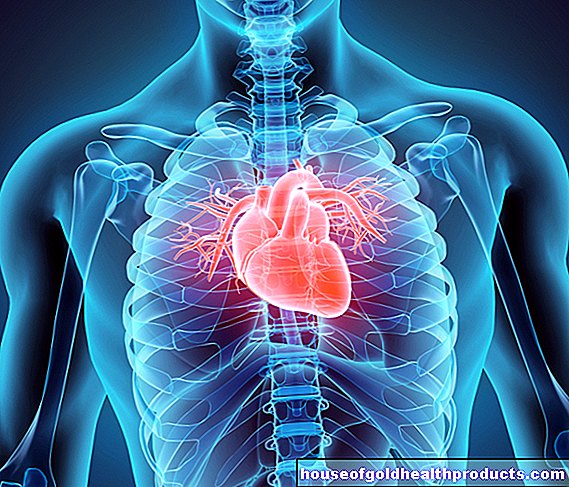
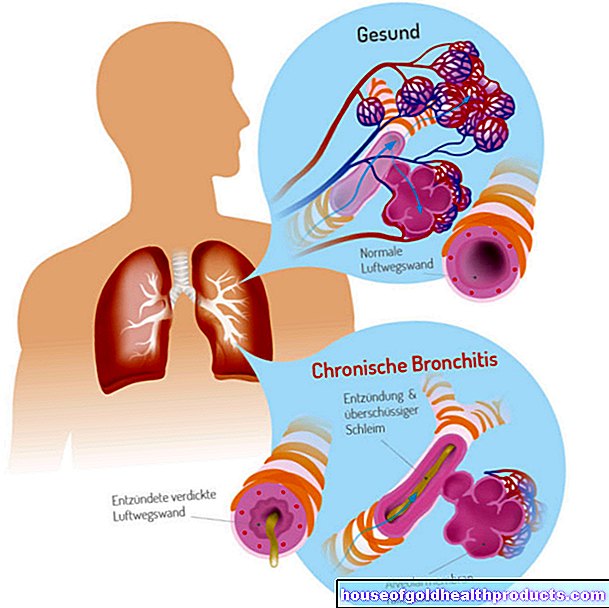



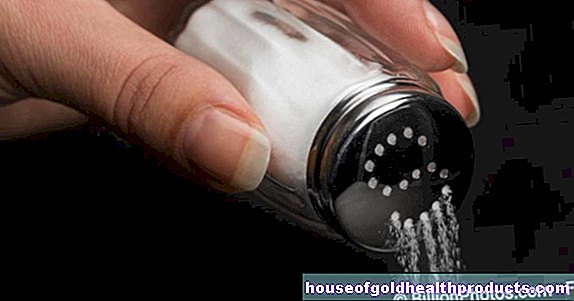
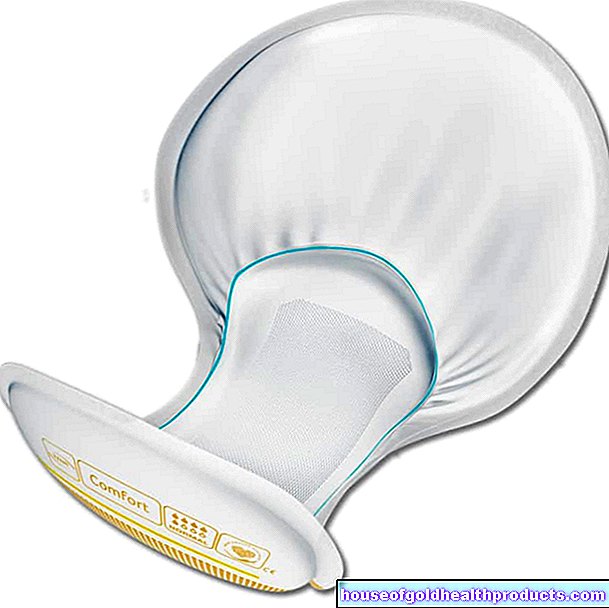
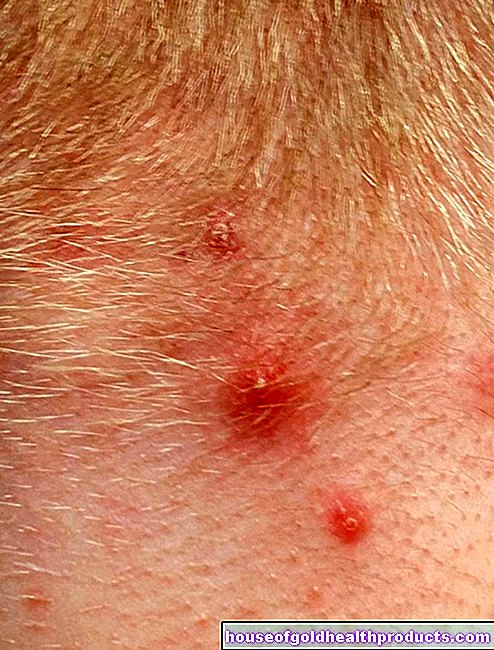

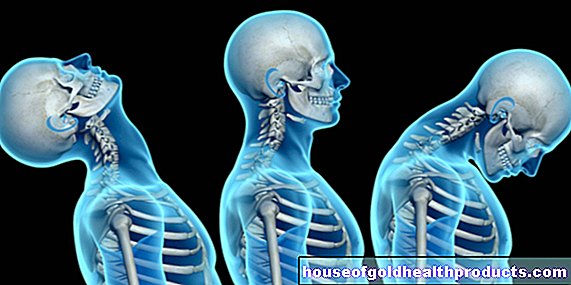
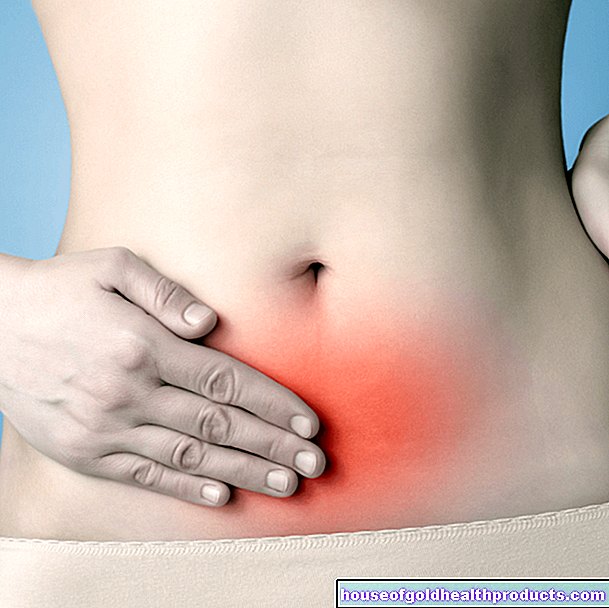






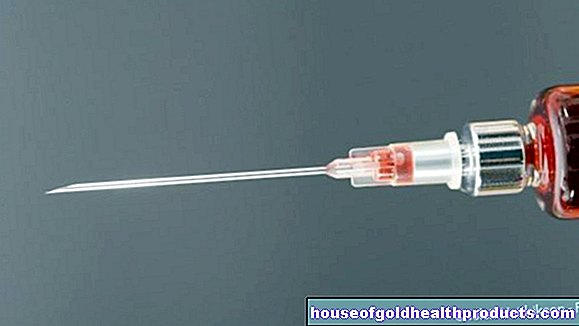



.jpg)


